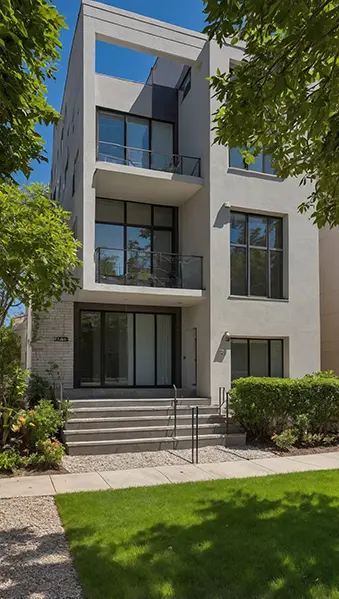Understanding and Calculating Cap Rate for Rental Properties
Understanding and Calculating Cap Rate for Rental Properties

When it comes to investing in rental properties, understanding how to evaluate potential returns is crucial. One of the most commonly used metrics for gauging the profitability of an investment property is the capitalization rate, or cap rate. While it’s not the only factor to consider, it provides investors with a clear snapshot of the property’s potential income relative to its cost.
What is Cap Rate?
The cap rate is essentially the return on investment that you can expect from a rental property, expressed as a percentage. It helps you understand how much you can earn annually from the property in relation to its market value or purchase price. Higher cap rates typically indicate better returns, but they can also come with increased risks, especially in volatile markets.
How is Cap Rate Calculated?
The formula for calculating the cap rate is straightforward:
Cap Rate = (Net Operating Income / Property Value) x 100
Cap Rate = (Net Operating Income / Property Value) x 100
Let’s break it down:
- Net Operating Income (NOI): This is the annual income generated by the property after operating expenses but before debt service (like mortgage payments). It includes rent, but subtracts costs such as property management fees, repairs, taxes, insurance, and maintenance.
- Property Value: This can either be the market value of the property or the price you paid for it.
By dividing the NOI by the property’s value and multiplying by 100, you get a percentage that reflects your annual return on investment before financing.
Example Cap Rate Calculation
Let’s say you purchase a rental property for $500,000, and it generates $60,000 in gross annual income. After accounting for $15,000 in operating expenses, the Net Operating Income (NOI) is $45,000.
Cap Rate = ($45,000 / $500,000) x 100 = 9%
In this case, the property has a cap rate of 9%, meaning you can expect a 9% return on your investment annually.

What is a Good Cap Rate?
A “good” cap rate depends on your investment goals and the market you’re in. Generally speaking, cap rates in the 5% to 10% range are considered solid for rental properties. Lower cap rates (3%-5%) are often found in premium markets, where property values are high but risks are lower. On the other hand, higher cap rates can be found in more volatile markets, but they often come with greater risk.
Here are a few factors to consider when determining whether a cap rate is favorable:
Here are a few factors to consider when determining whether a cap rate is favorable:
- Market Conditions: In hot real estate markets, cap rates tend to be lower because property values are higher.
- Location: Cap rates vary significantly from one location to another. Urban areas with steady demand might offer lower cap rates, while properties in developing areas or regions with economic challenges might offer higher cap rates.
- Risk Appetite: A higher cap rate can mean more significant cash flow, but it may also signal more risk, such as economic downturns or high tenant turnover.
When to Use Cap Rate
Cap rate is an excellent tool for comparing properties side by side, especially when deciding between multiple investment opportunities. It can also help you determine whether a property is overpriced or underperforming.
However, it’s important to note that cap rate doesn’t consider financing costs like mortgage payments. So, while it’s useful for evaluating property performance, it should be just one piece of your overall investment analysis. Consider pairing cap rate analysis with other metrics, such as cash-on-cash return or internal rate of return (IRR), for a comprehensive understanding of your investment’s potential.
Final Thoughts
The cap rate is a key metric for any real estate investor looking to understand the income-generating potential of a rental property. It’s simple to calculate and provides a clear percentage return that you can use for comparing properties. Just remember, while the cap rate is a powerful tool, it’s only one aspect of evaluating a property’s profitability.
Looking to invest in rental properties? Reach out today to discuss your real estate investment goals and explore the best opportunities in the market!
